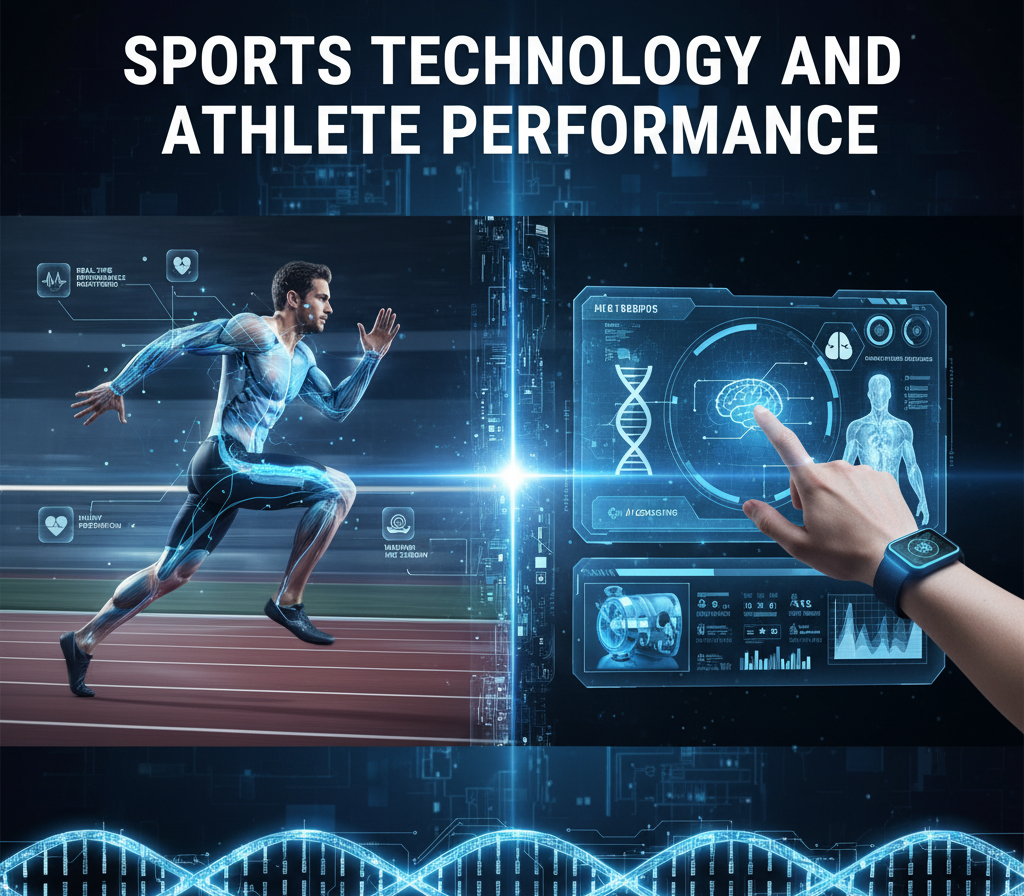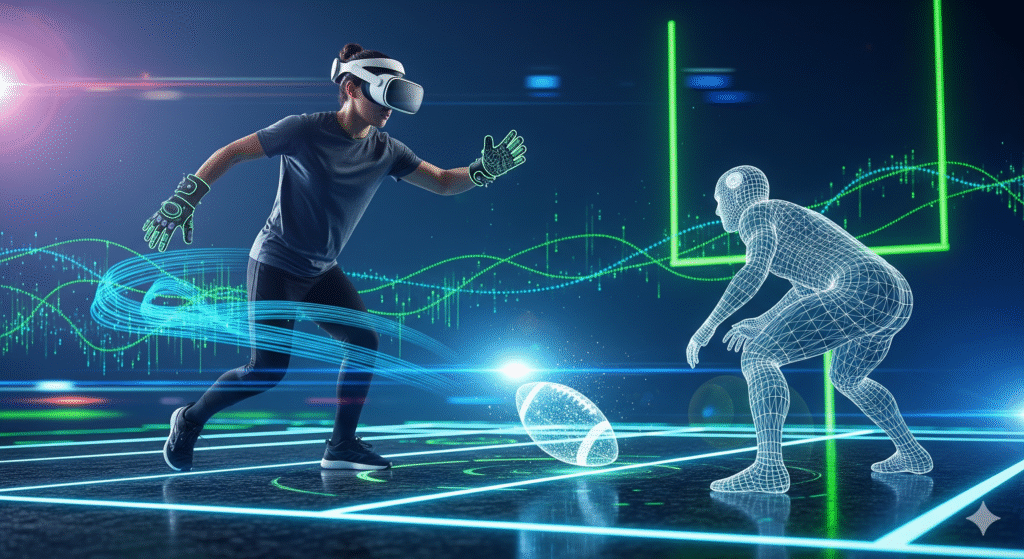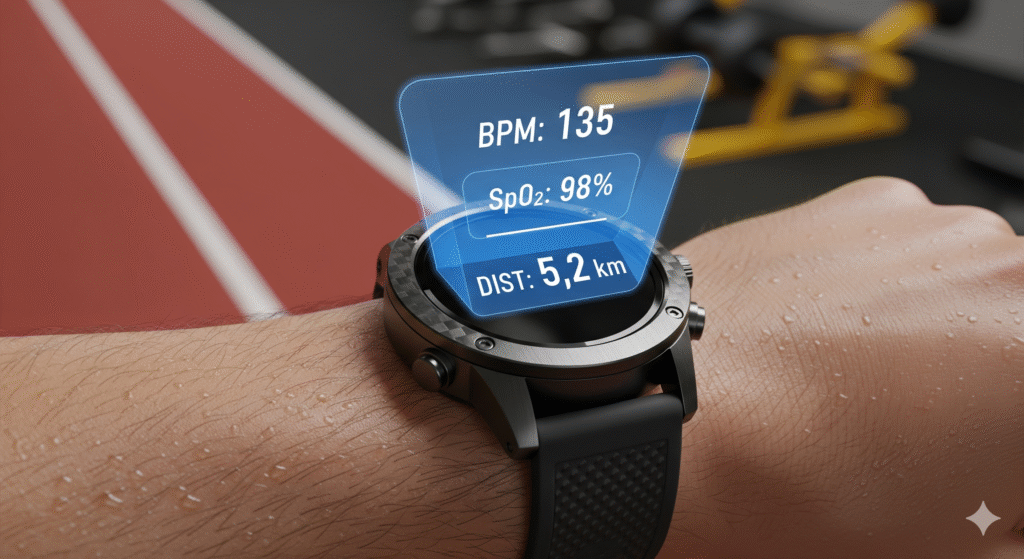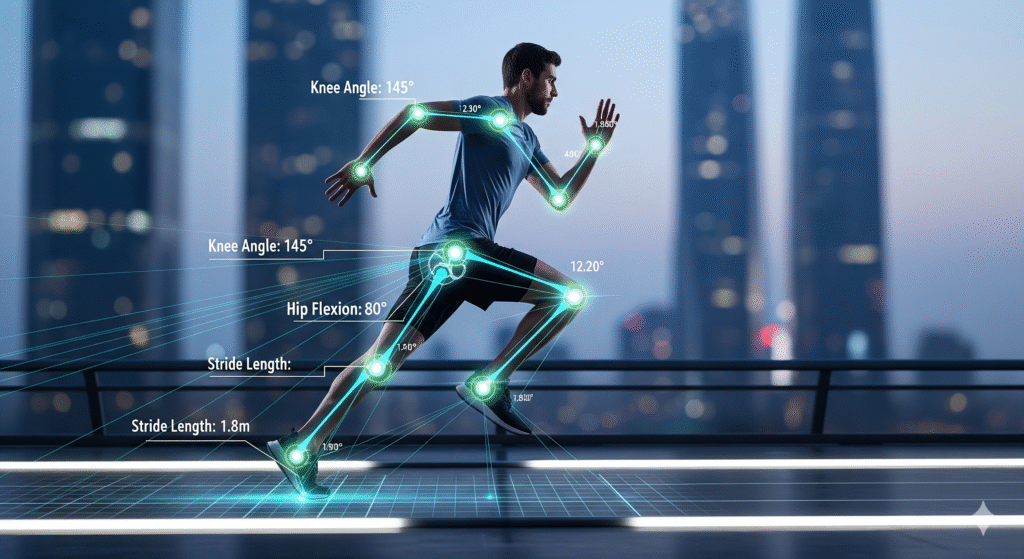Sports
Sports Technology and Athlete Performance – Redefining Training and Recovery
Sports technology is no longer a luxury but a necessity for modern athletes, redefining training, competition, and recovery. The article explores how innovations, from wearable trackers and AI-powered coaching to VR training and advanced recovery equipment, provide real-time data for customized, data-driven performance plans. By combining sports medicine and data analytics, these technologies help prevent injuries, extend athletic careers, and engage fans with live performance data, pushing the boundaries of human capability.

















